Meal planning and prepping is one of the best tools you can gain for ensuring you are getting nutrient-dense meals throughout your week.
Planning ahead removes decision fatigue, saves you time, and prevents you from making decisions you don’t truly want during a moment of “hanger.”
There’s no better feeling than starting off your Monday knowing your fridge is stocked with everything you need to mix, match, and build meals that you truly enjoy.
How many times have you opened up your fridge, determined there was “nothing” to eat, and resorted to ordering takeout instead? Yup, we’ve all been there once or twice before!
Set yourself up for success this time around. We have a fool-proof way for you to prep in advance without committing to eating the same exact thing every day.
We know that variety is key for a sustainable healthy lifestyle, so we’ve got you covered.
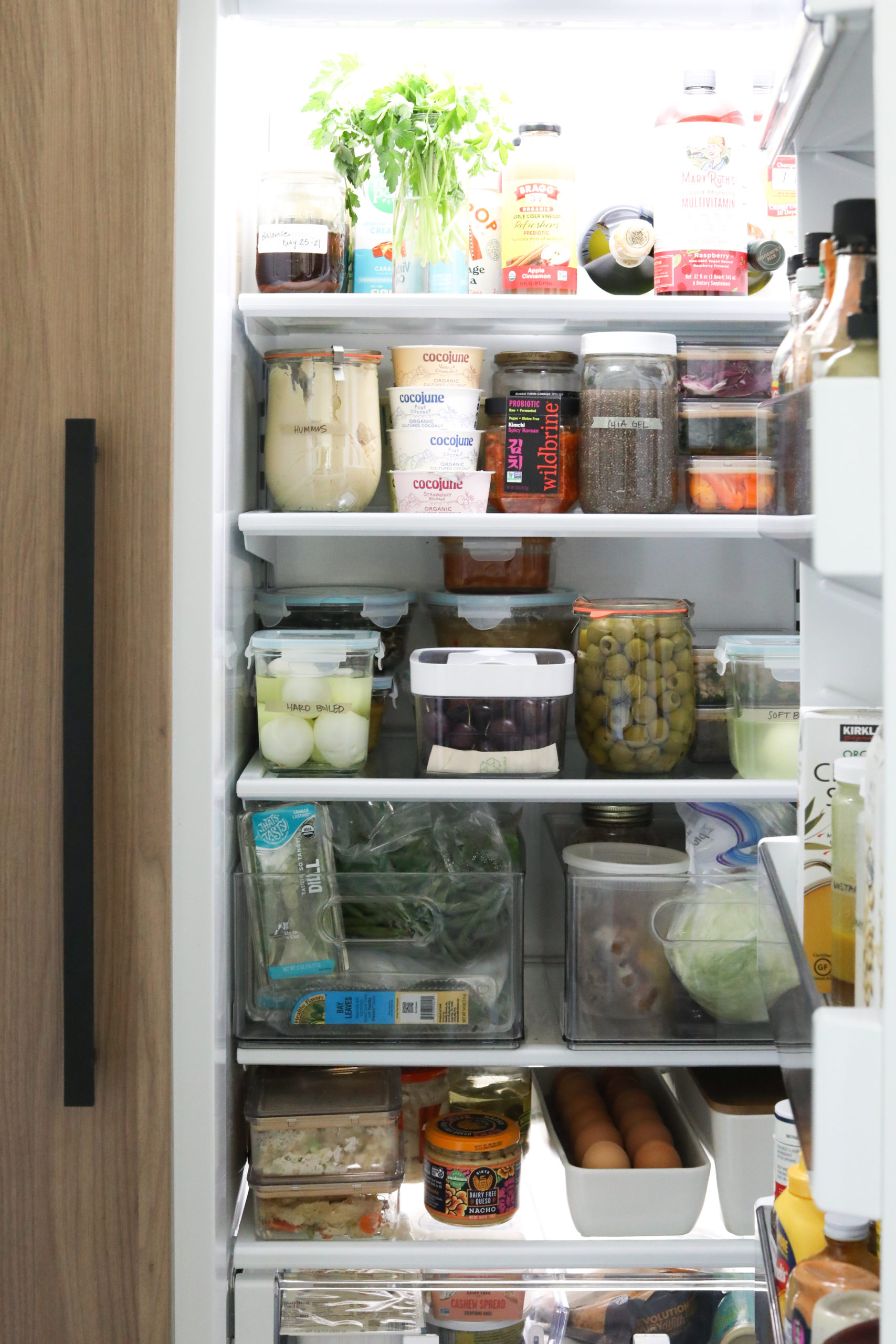
Benefits of Meal Prepping and Batch Cooking
So you’ve heard about meal prepping and batch cooking, but you’re wondering whether or not it’s the right fit for you. Is it really worth it? We definitely think so, and here’s why.
Helps You to Be Consistent with Eating Well
We can have the best intentions to eat well, but if we don’t plan ahead, in the moment, they can get forgotten or seem too challenging. When you use meal prepping and batch cooking in your weekly routine, you’ll become so much more consistent with eating well every day.
When you know what you’ll be eating and you’ve reduced some of the time it will take you to make that meal, it makes it so much easier for you to follow through with your choices knowing that you already have everything you need in your fridge to create a nourishing meal in 15 minutes.
Taking a few minutes each week to plan what you’re going to eat at each meal and batch cooking some of that ahead of time will give you that consistency with your eating habits.
More Time For You
Hear me out. Yes, you will need to dedicate some time to actually plan and prepare the food. But once that’s done, think about all the extra time you have during the week!
The time you previously spent rummaging through the pantry and subsequently cooking is now freed up.
After a long day of work, wouldn’t it be nice to have some extra time to yourself? To watch your favorite tv show, workout a bit, spend some time with your kids, or take a bubble bath with a face mask?
Save Some Extra Cash
Who doesn’t want to save a little money!
From the takeout you’re no longer ordering to the fresh produce you’re actually using before it goes bad, the savings really start to add up.
When prepping multiple meals in advance, you can also take advantage of bulk purchasing. Whether that’s at your local grocery store, wholesale club, or even a farmer’s market.
No Need For Willpower
Willpower isn’t needed when you have habits set in place around your eating and lifestyle. That’s why getting into a routine with meal prepping and batch cooking can be such a powerful habit to have integrated into your life.
When the planning and prepping are done in advance, we don’t have to use quite as much willpower when making food decisions.
Reduce Food Waste
How often do you find a smelly bag of arugula at the back of your refrigerator? Or maybe it’s some moldy raspberries you didn’t quite get to in time?
When you’re meal prepping and batch cooking, you know exactly what you’re going to do with the food that you purchase which can help reduce food waste.
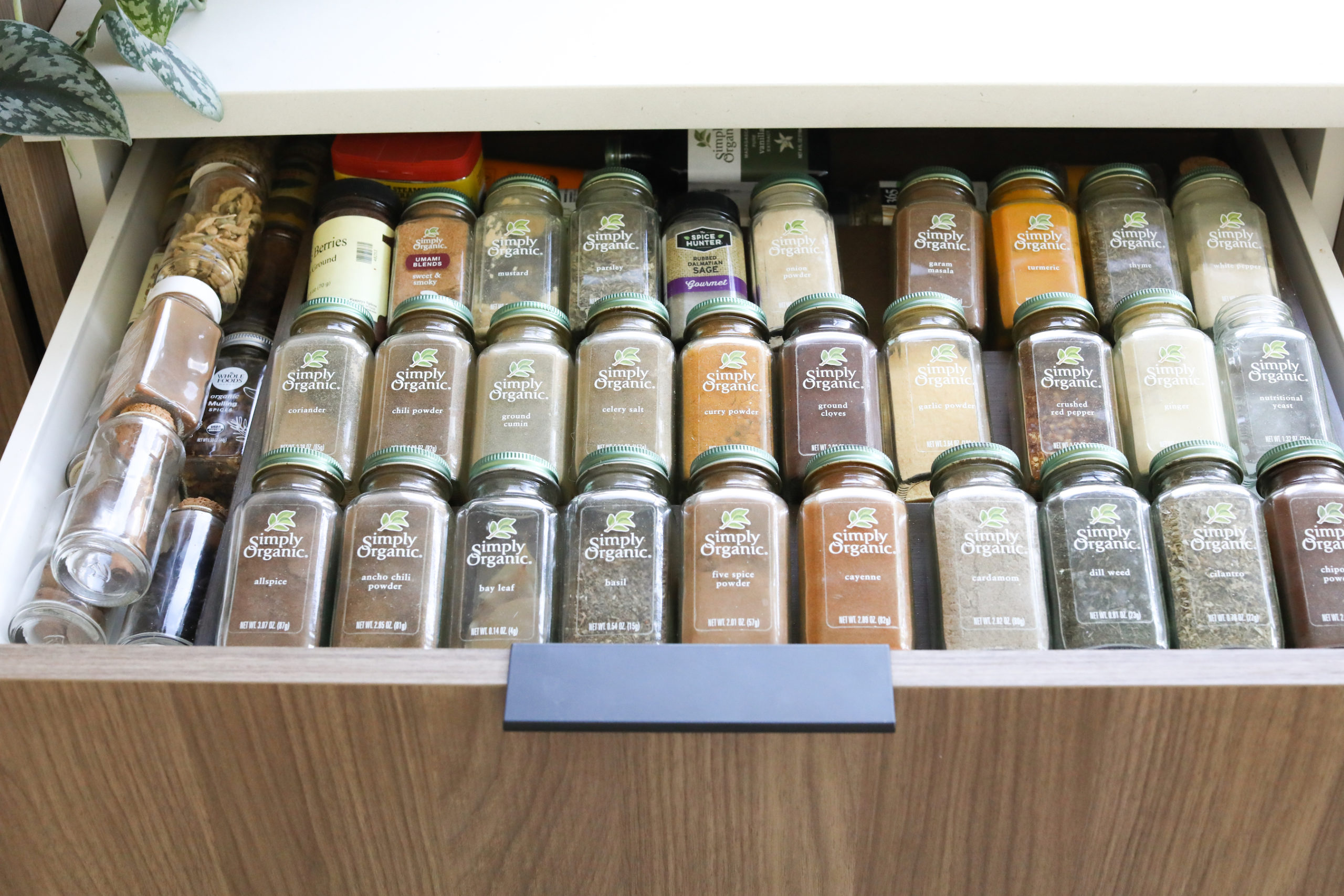
Set Your Kitchen Up For Success
Now that you’ve decided to take the leap and get cooking, let’s make sure your kitchen is all prepped and ready to go. Since cooking and eating at home is a form of investing in yourself and your health, it’s easier — and more fun — when it’s in a space where you love to be.
Stock The Pantry
You’ll want to stock your pantry with a few common foods so you always have something on hand and so you won’t need to buy every ingredient you need every single week.
Dry goods that are frequent flyers in your favorite recipes can be purchased in bulk and stored in your pantry. Think dried beans, pulses, grains, and superfoods.
I share a few more tips for how to stock your pantry in my free guide to creating healthy eating habits, so be sure to download that if you haven’t already!
Get Storage Ready
You’ll need some storage containers to store all of your prepped food once the cooking is done.
These airtight glass containers and reusable bags are some of our favorite options for this! They’ll keep your food fresh and tasty throughout the week.
You can also use reusable wrap like this as well.
Have The Right Tools
Having the right tools can make a world of a difference when it comes to cooking in the kitchen.
To get you started, the five basics I believe every home cook needs are as follows: a sturdy cutting board, a sharp chef’s knife, a reliable blender, and non-toxic cookware.
How to Create a Simple Meal Plan Rotation
Creating a meal plan rotation is a fool-proof way to ensure you’re prepared to make meal prepping and batch cooking a long-term, sustainable part of your routine.
A rotation is a week’s worth of 3-6 recipes you use for one week, for breakfast, lunch, and dinner. The following week, you switch it up and choose 3-6 different recipes.
You repeat this process every week for a month. At the start of the new month, you repeat rotation number 1 and cycle through them again!
Using rotations not only reduces the stress about thinking of what recipes to make, but it also saves you money because you’re purchasing only the food you need for those recipes.
Rotations also encourage you to add variety to your diet from week to week which increases the nutrient density and nutrient variety you’ll eat in the span of a month!
Let’s dive into how exactly you can do that!
Select 3-6 Recipes Per Week to Meal Prep
Step one is to determine the recipes you’re going to make for the week ahead. These are what you will use for breakfast, lunch, dinner, and snacks.
For example, maybe you choose a chia seed pudding for breakfast in addition to a mint pea pasta and miso-glazed salmon for dinner.
You’re only committing to your choices for a week. Depending upon your particular likes and dislikes, adjust your choices accordingly.
For example, if you’re a creature of habit and can eat the same breakfast Monday through Friday, great! Do exactly that! Yet on the other hand if you need to switch it up a bit, select two breakfast options and switch off daily. The format is completely up to you — make it your own so you truly enjoy it.
Rotate Weekly
After week one is complete, swap out any (or all) of the recipes you used that week, and come up with 3-6 additional recipes for the following week.
Repeat this process for one month.
In the end, you’ll have 4 weeks of recipe combinations.
Come week 5, all the hard work is done. Now all you need to do is circle back to week one and repeat the process!
This keeps things fresh and interesting so you’re not eating the same meals day after day, week after week. Yet at the same time, you have some stability and organization so you can plan and prep ahead.
But we’re not done just yet, there’s one last piece to the puzzle…
How to Use the Meal Component to Cut Down on Batch Cooking Time
Meal components are something we teach in-depth about in my Method Membership because it’s such an easy hack to make batch cooking quicker while also giving you the flexibility to make meals on the fly.
If you have the time to cook full recipes every weekend from start to finish, that’s great! But sometimes, cooking a couple of full recipes may take a few hours that you might not have to spare on the weekend.
This is where meal components come into play. Meal components are batches of ingredients that you’ll use throughout the week for different meals. Think batch cooked quinoa, lentil daal, baked tofu, black beans, or a hummus dip.
You can use your meal components in different ways daily depending upon your mood. YOu may use them to make a specific recipe one night, or you may use them to mix and match different healthy and easy nourish meals on the fly. Maybe you’ll make a quinoa salad with some hummus on Monday, then on Tuesday, you can use the quinoa as aside.
The combinations are endless!
Steps for Batch Cooking
At first, you may feel a tad overwhelmed with all the foods you want to make for an entire week, so I suggest starting out with one meal that you find you’re most pressed for time or poses the most challenge for cooking.
For example, most people I coach find they’re most pressed for time with dinner or breakfast, especially if you’re getting the kids and yourself ready for the day. Therefore, the first step is asking yourself, “What meal time is really difficult for me to cook?” or “What time of day am I most in a time crunch to eat something healthy?”
Start with that meal and gradually build upon the days/weeks when you’re feeling more comfortable or jump right in full force! I promise you the more frequently you batch cook and meal prep, the better and more efficient you become at it. Before long, you’ll be a master meal prep machine.
1. Select Your Meal Components
Choosing meal components is the easy part. What food items do you find that you commonly reach for on a daily basis? Which ones can be used in multiple ways?
Think of items that can supplement the recipes you chose and add some variety and fun to your week. Choose a few staples that you know you’ll want to use on multiple occasions.
2. Determine The Amount You Need
How often will you use the meal component?
For example, if you’re planning on making chicken breast and know you’ll want some in your salad at lunchtime and use it in some dinners as well, be sure to double or even triple your usual amount.
3. Get Cooking!
Once you’ve chosen your recipes and determined your amounts, you’re ready to start prepping.
Prep your meal components alongside the few recipes you’ve chosen to streamline the process and make the most of your time.
3 Tips for Getting Started and Making Meal Prepping and Planning Easier
Here are some tried and true ways you can get started on the right foot to make meal prepping and batch cooking easier.
1. Pencil In A Planning Day
Pick a day and a time that you’re going to do your planning. You can plan for the whole month ahead, or just take it one week at a time.
Either way, put it in your calendar and treat it as you would any other time commitment! Make it a priority and stick to it.
Taking the time to sit down and really focus on your planning will result in a much better plan, I promise.
2. Choose Recurring Shopping & Prepping Days
Now choose the exact day and time you’re going to hit the grocery store and come home to prep your items.
Do they have to be on the exact same day? Not necessarily! For some, that keeps things easy. For others, that can be too overwhelming.
Know yourself and create a plan that will help you to succeed.
3. Get Organized
As your prepping your ingredients, organization is key.
Make sure the layout of your kitchen facilitates your meal prepping process. Take out all the tools and ingredients you need and organize them in a flow that works for you.
Also be sure to take into account how long certain recipes or ingredients take, what ingredients can be cooked together to save time, and what simply needs to be chopped or diced.
This may seem a bit like a chore your first go around, but by the time week 3 hits you’ll be in a new groove!
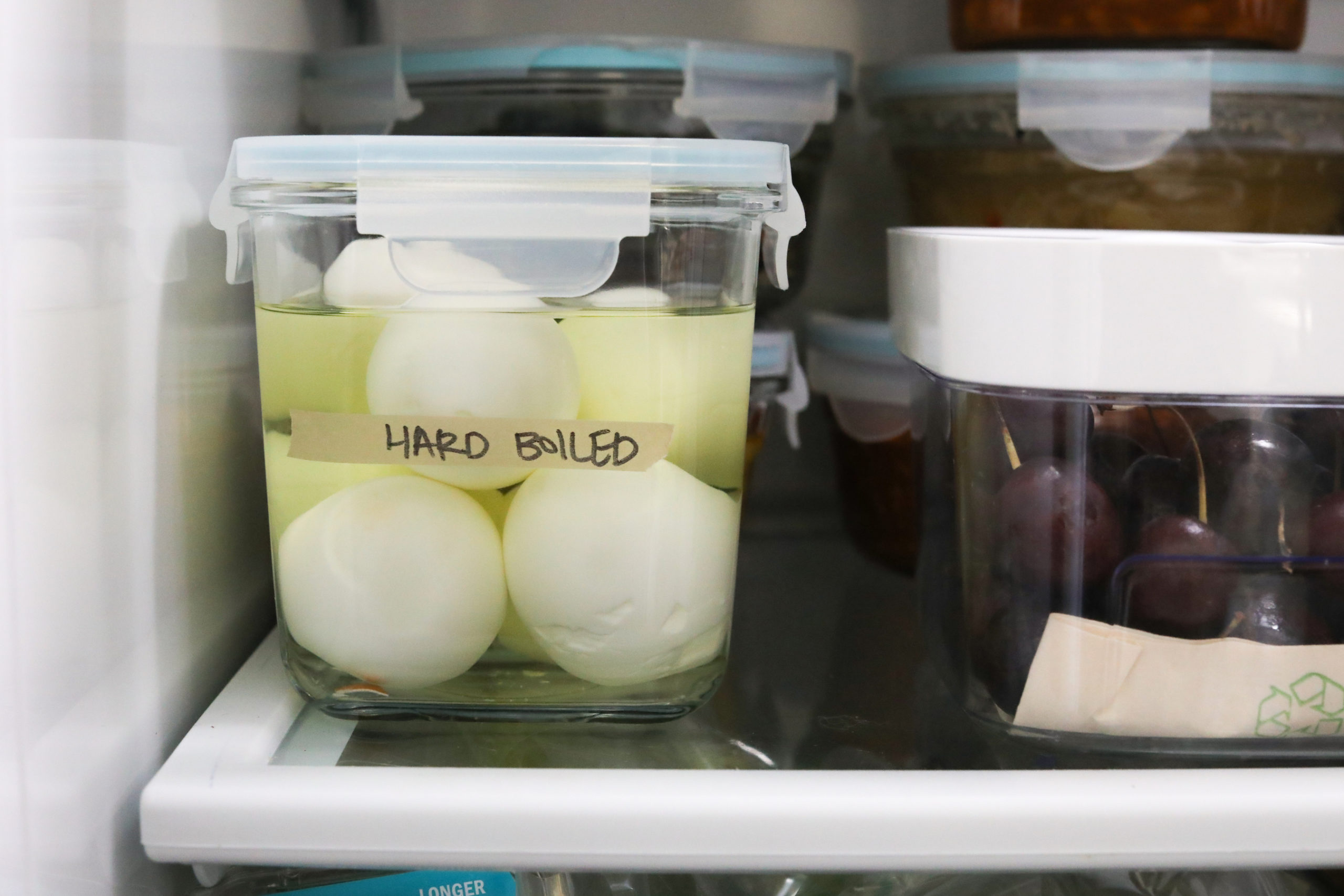
Do You Want To Start Experiencing More Balance With Your Eating Habits Today?
Discover the simple yet effective tools you can start using at your next meal to experience more balance with your food choices today, plus the steps to maintain balanced eating habits for life.
Be sure to download our free balanced eating guide that brings you through the Foundational Five so you understand not only what components you need, but also why they’re important for your health and why this way of eating is helpful for creating balanced eating habits.
Download The Free Guide Now
The post How to Use Meal Prep and Batch Cooking to be Consistent with Healthy Eating appeared first on Nutrition Stripped®.
Erica Carneglia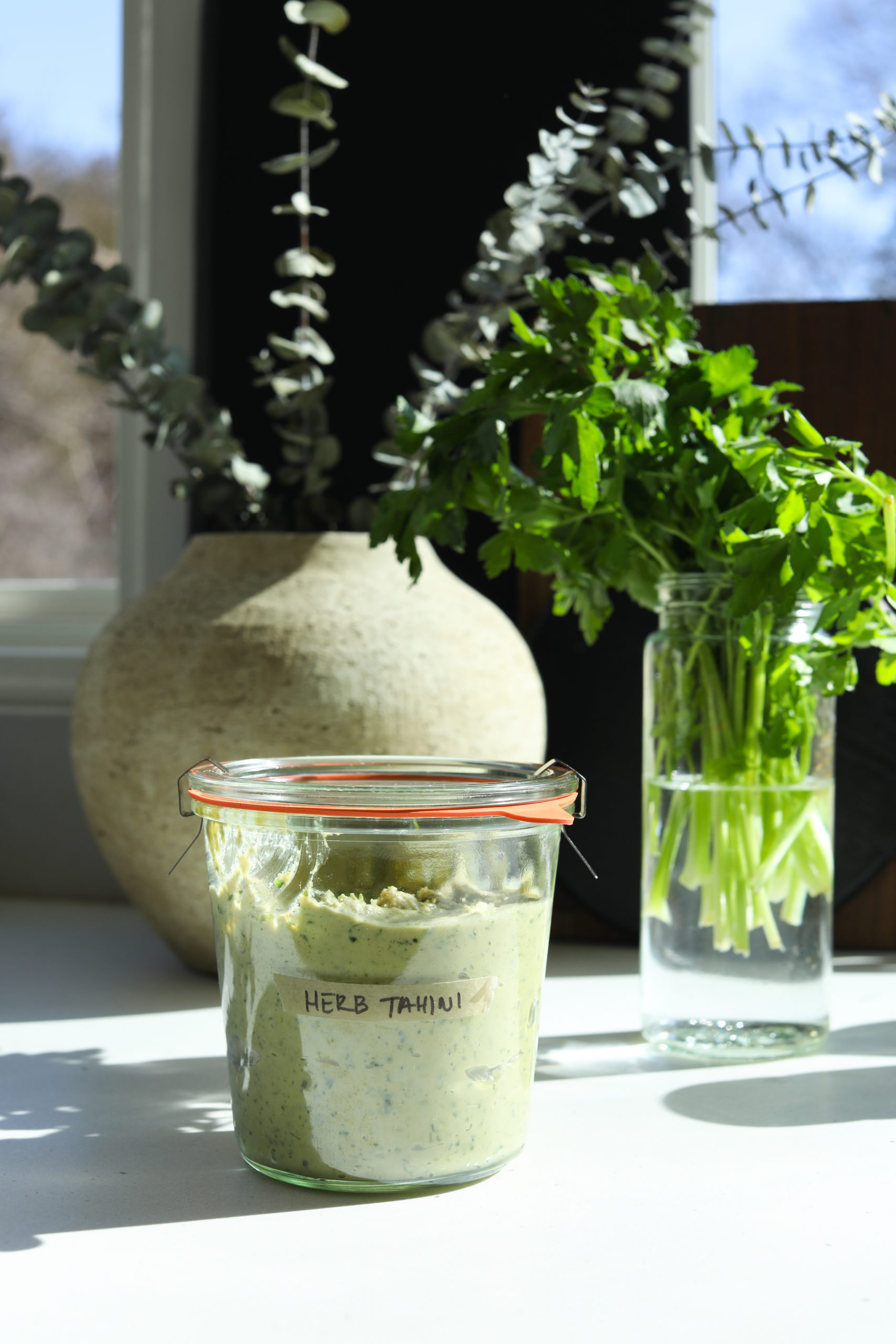
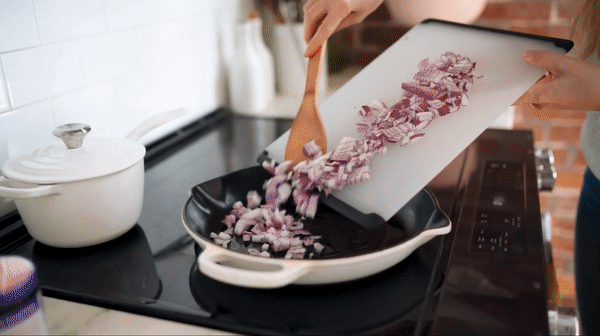
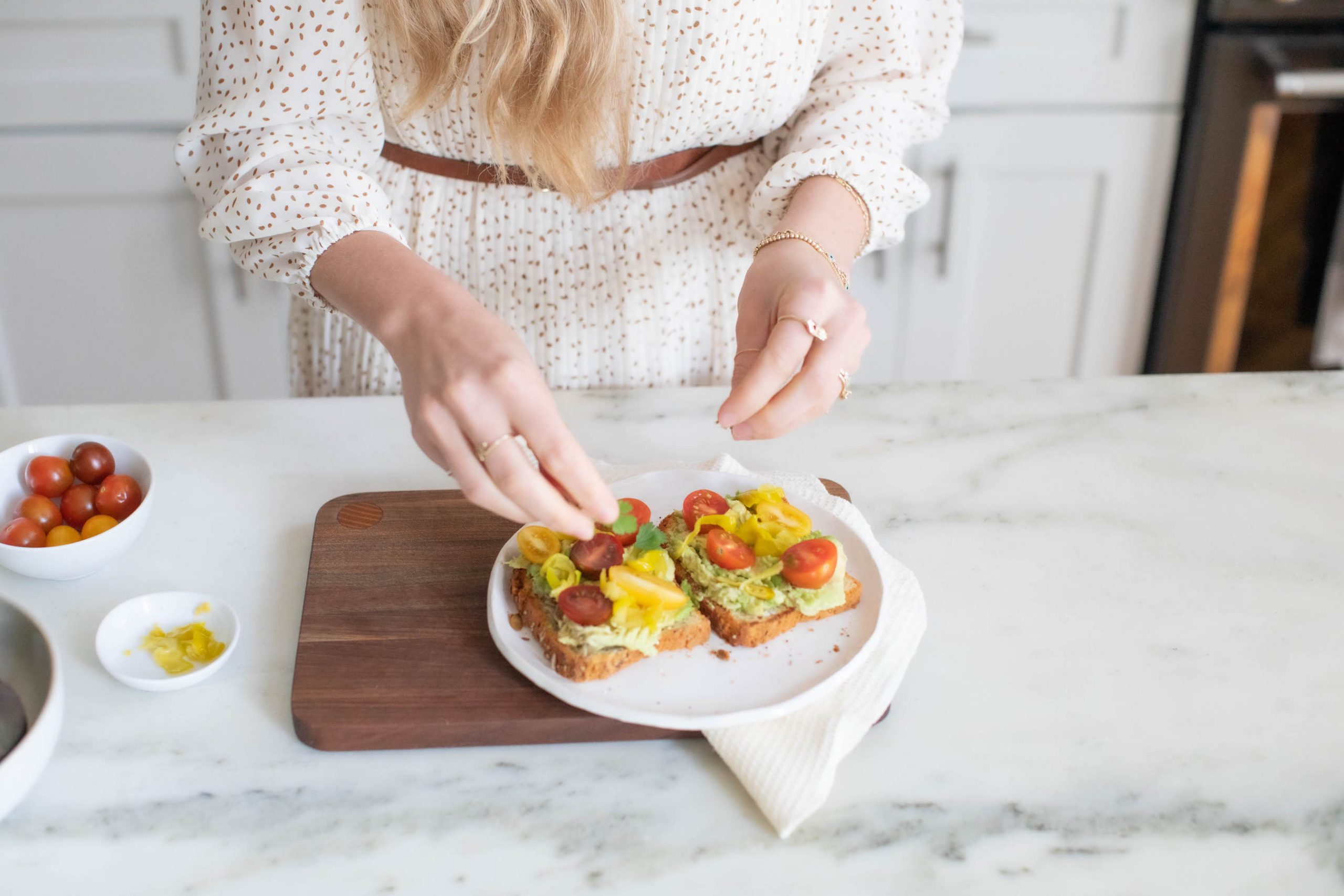
Comments
Post a Comment